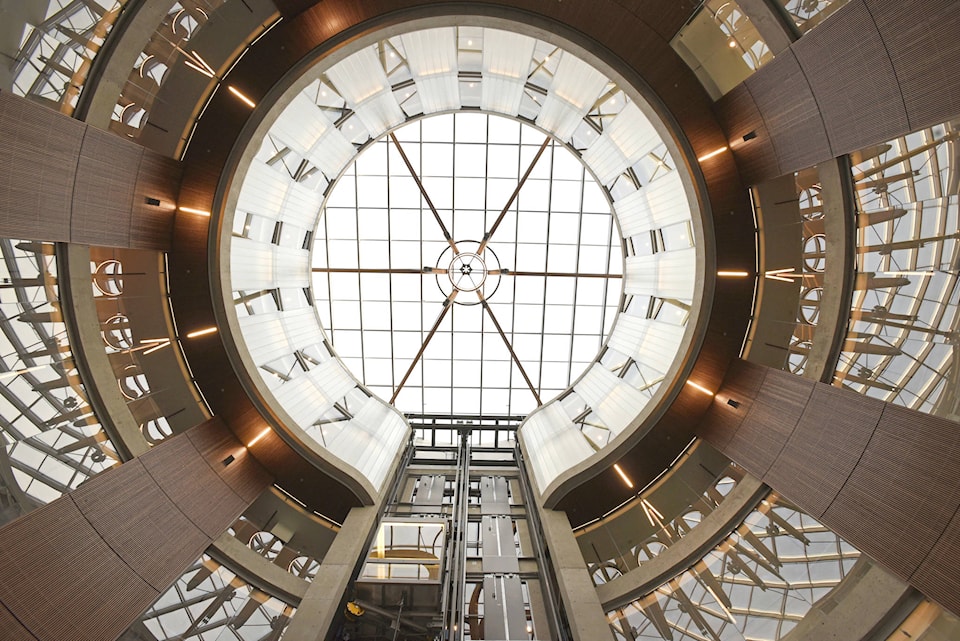Architecture surrounds us, in our homes, at work or walking and driving through our towns and cities.
We see it every day, it affects us in every possible way and yet, for the most part, we’re oblivious to it.
Most of us respond only to architecture when we travel. We then seek out local examples of architecture, the Eiffel Tower, Big Ben or the Empire State Building perhaps, examining the design, the history or just the view on the skyline.
What about closer to home though? What examples of history can we find or hidden details can we spot if we look?
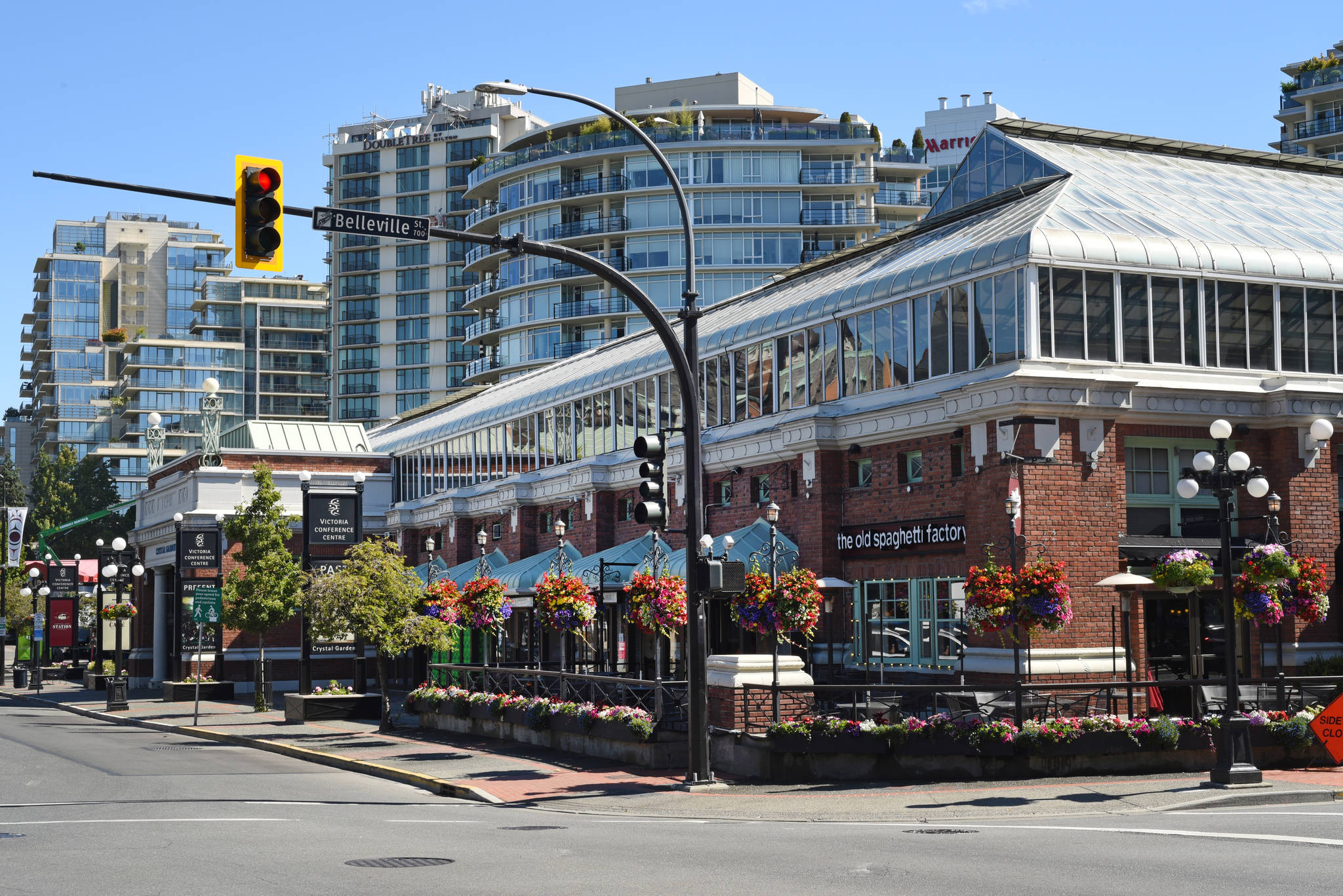
Greater Victoria’s architectural gems include everything from Indigenous longhouses to suburban homes to modern condo towers designed and built in every style and size imaginable.
We can’t discuss Victoria’s architecture without discussing architects, those skilled designers of buildings.
Through the decades Victoria has a large list of architects who have shaped the way our little piece of Vancouver Island looks and the myriad ways we all live.
Four names in Greater Victoria’s architectural history stand out in particular: Francis Rattenbury, Samuel Maclure, John Di Castri and Percy Leonard James.
Rattenbury, famous for the Legislature buildings and the Empress Hotel, infamous for his personal life; Maclure for his private homes; and Di Castri for his mid-century designs, perhaps most familiar from the University of Victoria. James, who designed everything from homes to buildings, is perhaps the least known but many of his designs still stand and are iconic local structures.
Rattenbury’s legacy
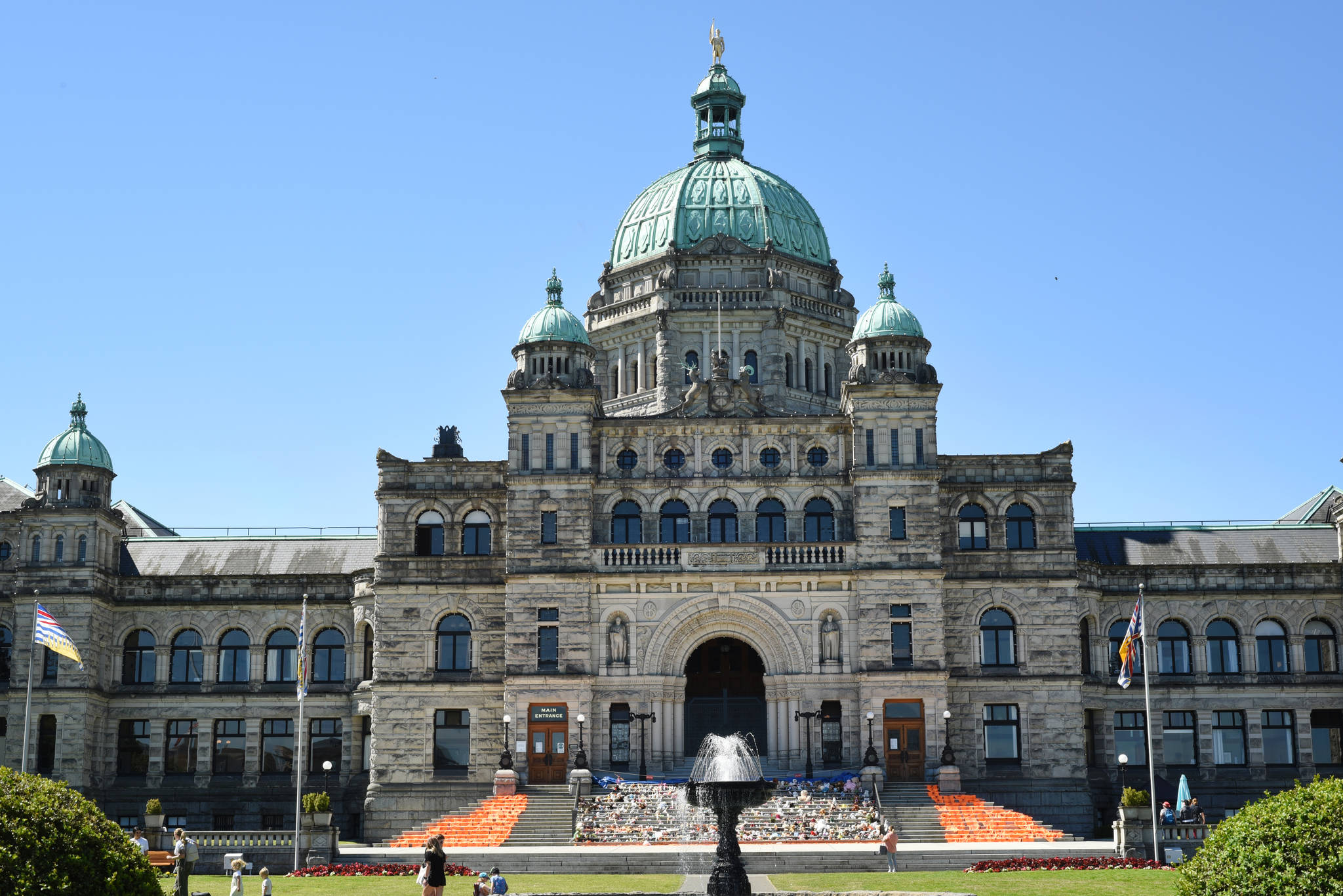
Francis Rattenbury, British born, moved to Canada in 1891. His most famous local designs stand encircling Victoria’s Inner Harbour: the BC Parliament buildings, the Empress Hotel and the CPR Steamship Terminal building (in collaboration with Percy Leonard James).
Rattenbury’s personal life made him as famous as his professional work. Rattenbury left his wife and children to marry a younger, twice-married woman. They eventually moved to England where in 1935 Rattenbury was murdered by his chauffeur who had been carrying on an affair with Rattenbury’s wife. His wife and chauffeur were both charged with murder – he spent seven years in prison, she was acquitted but committed suicide just a few days later. An interesting architectural side note, John Rattenbury, orphaned by his father’s murder and mother’s suicide, grew up to be an architect himself, mentored by the great American designer Frank Lloyd Wright.
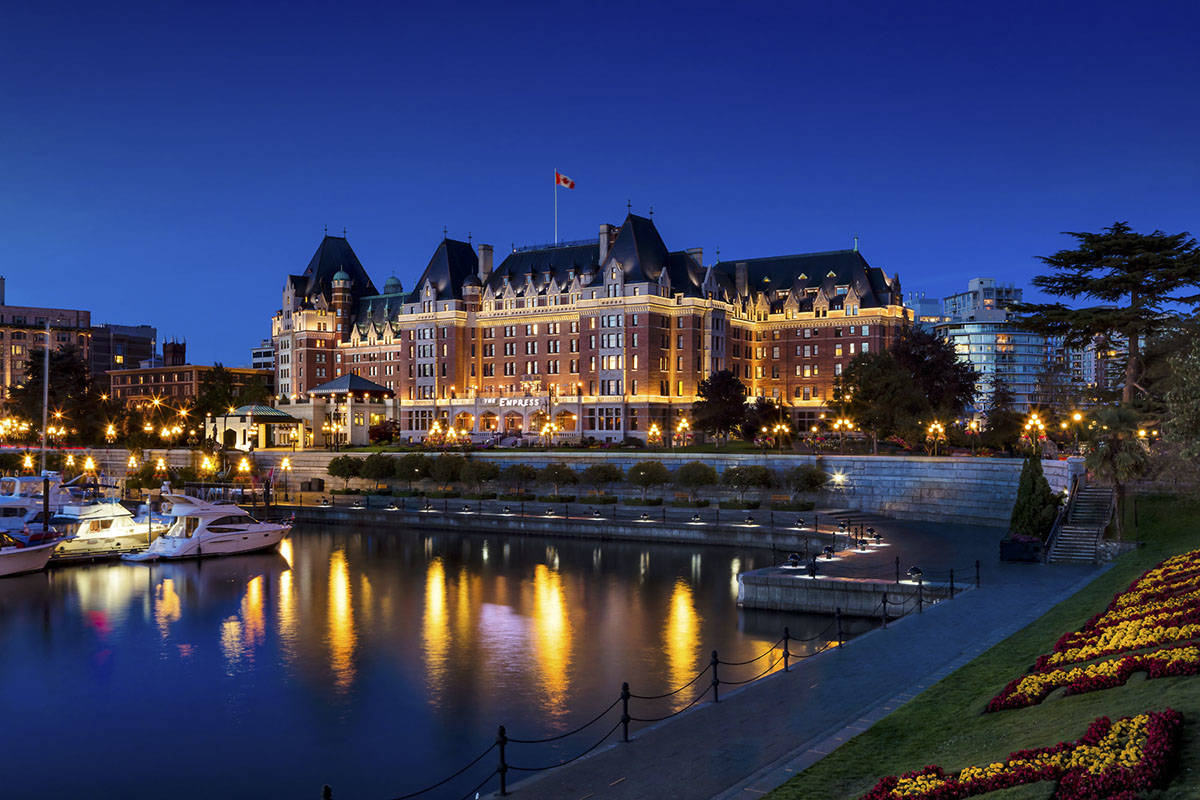
Maclure’s fine homes
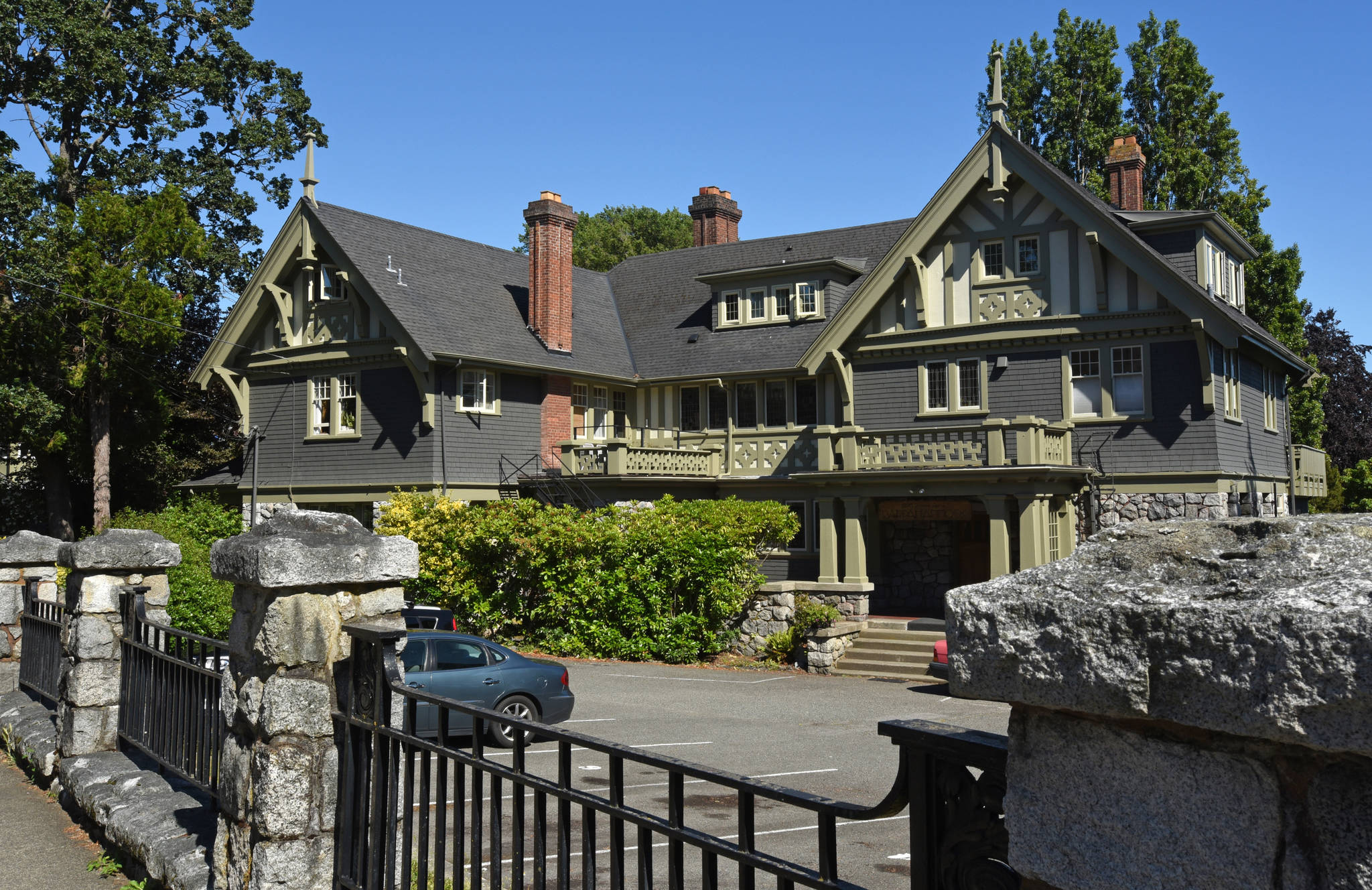
Samuel Maclure born in 1860, by contrast, led a much more staid life, designing homes for Victoria’s upper crust. His homes and one rare commercial design (the Temple building in the 500 block of Fort Street) are easily found (and desired when they come up for sale) around Victoria.
His most famous commission was the Gothic Revival home for former BC premier James Dunsmuir that we now know as Hatley Castle.
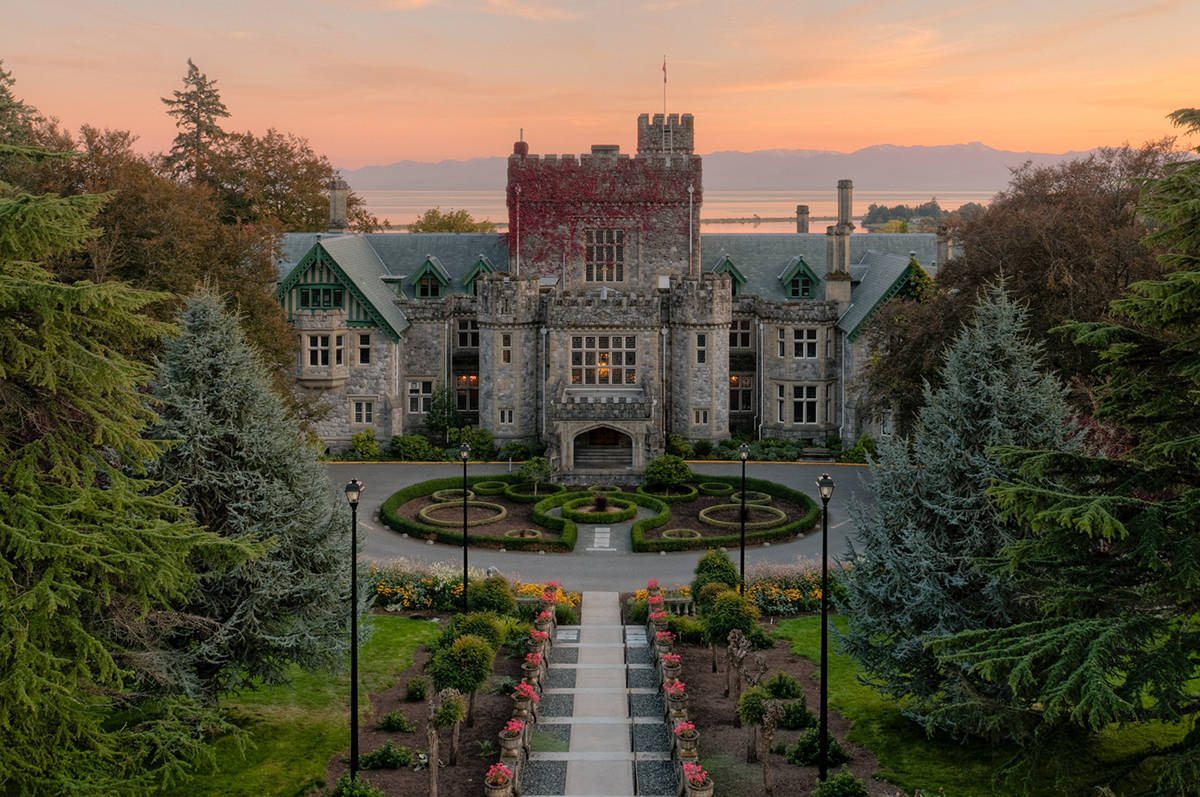
Modernism and more notable styles
John Di Castri, a modernist who returned to Victoria in 1951 after his education in the U.S., designed many of the buildings for the University of Victoria as well as downtown Victoria commercial buildings and residences around the area.
Percy Leonard James, who often collaborated with his brother Douglas, designed many local residences featuring a variety of styles. He designed the Crystal Gardens (now part of the convention centre) with Francis Rattenbury as well as the Federal Building at 1230 Government St.
Other noted names in architecture for the local region including John Charles Malcolm Keith, who designed Christ Church Cathedral, Herman Otto Tiedemann, who designed 28 Bastion Square (the former courthouse and Maritime Museum), and Warren Heywood Williams, who designed Craigdarroch Castle.
There were many more, of course, and those named are all historical. A diverse array of architects are at work today designing for Greater Victoria’s future.
Explore the city’s grand designs
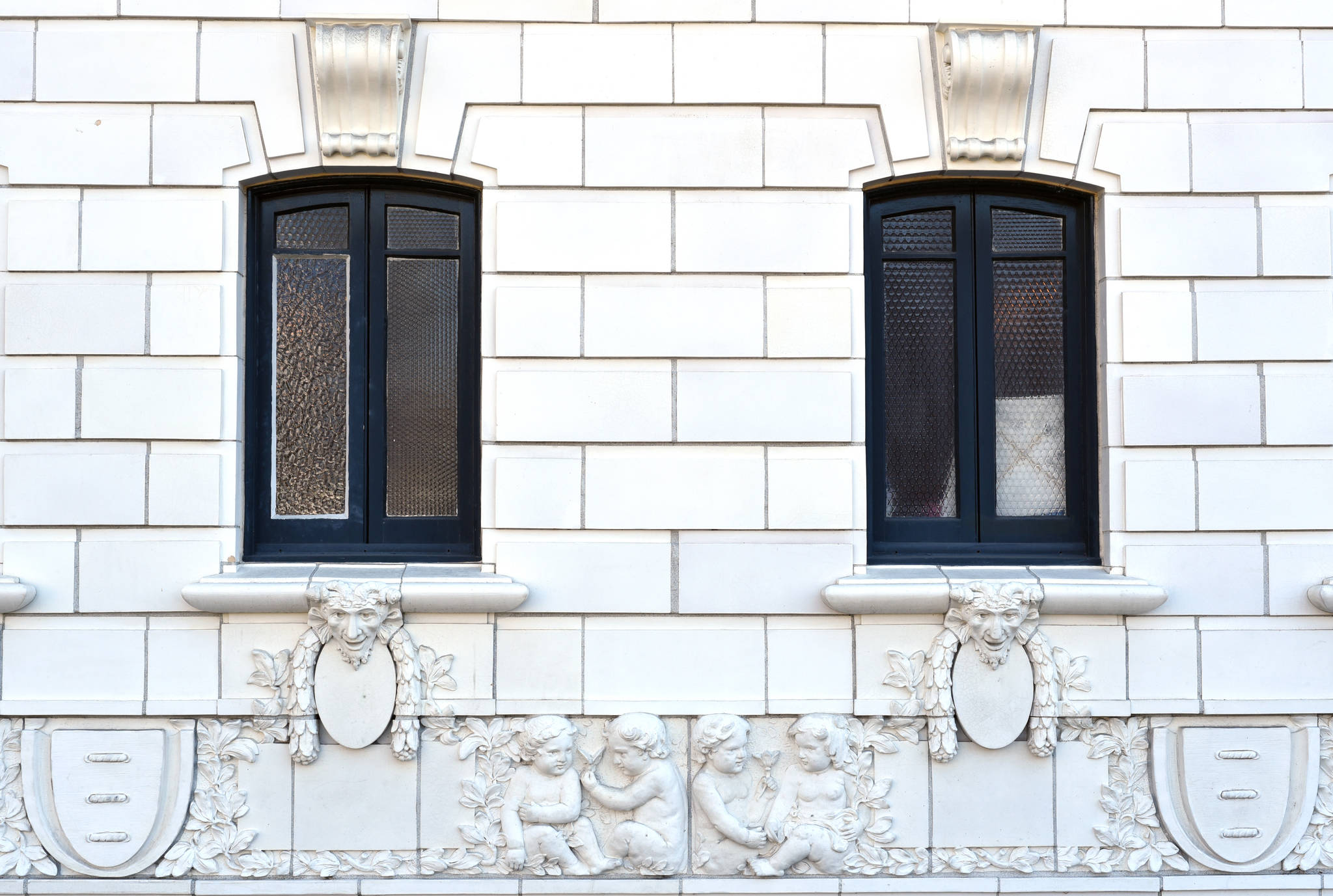
The simplest way to enjoy Victoria’s architecture is simply by taking a stroll along the city streets. Take in the big picture but also take the time to notice the details in construction and decor, from the terracotta faces on the exterior of the Royal Theatre to the stunning interior foyer ceiling in the new Jawl building at 1515 Douglas St.
Wander through Chinatown or any of the downtown streets and look up and notice the names and dates on the facades. Note how the original BC Electric building on Pandora Avenue is connected to the new addition that became the Richard Blanshard building on Blanshard Street. Enjoy the brutalist concrete stylings of Saanich’s municipal hall or marvel at the massive walls of Hatley Castle as you stroll the grounds of Royal Roads University.
Look up at the neon marquee for the Odeon movie theatre, built in Streamline Moderne style in 1946, or the solid brick walls of Congregation Emanu-El that was built in 1863 and is Canada’s oldest synagogue still in use.
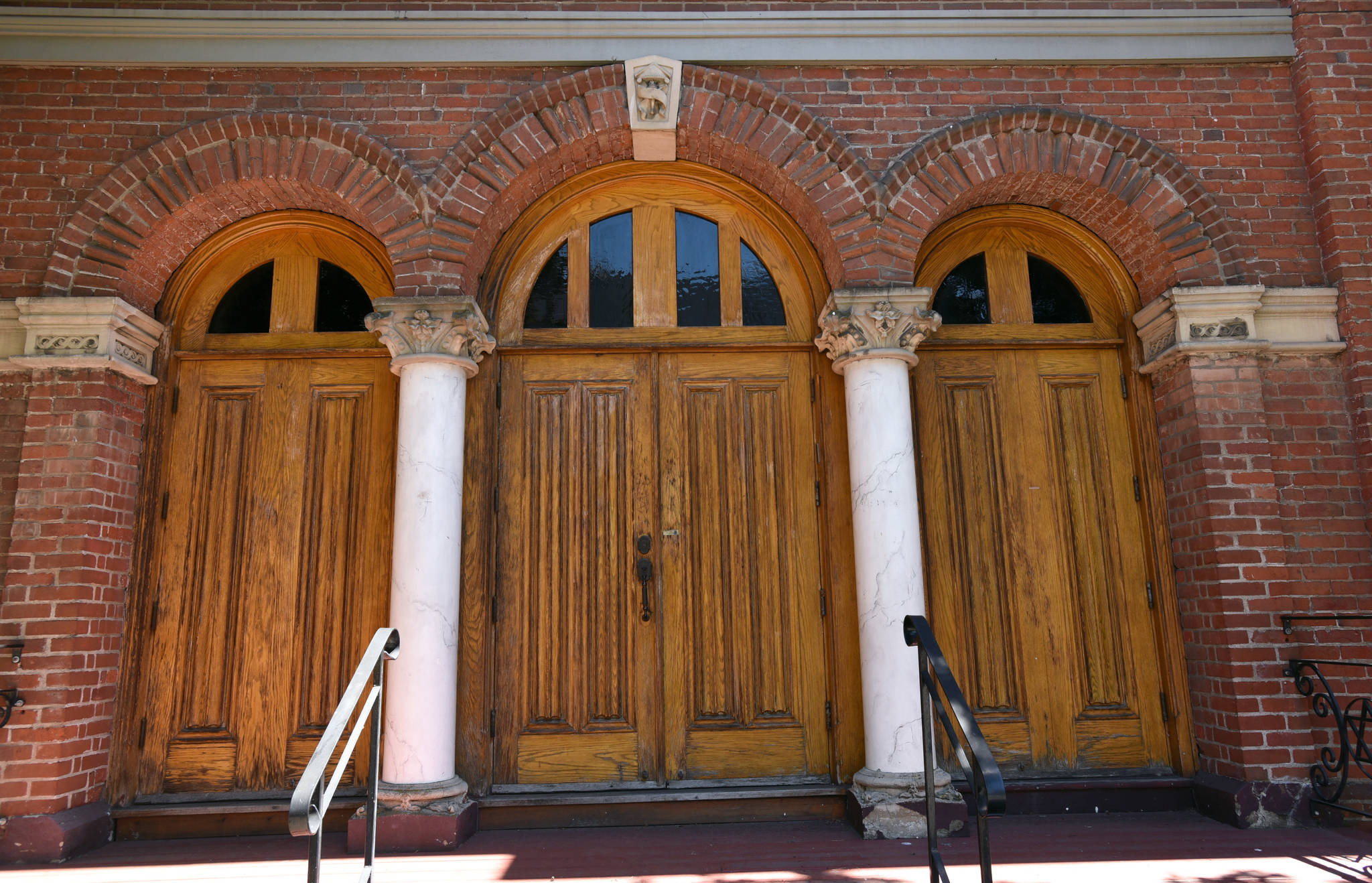
Compare the huge luxury mansions of Uplands to the tiny worker homes in the Topaz Heights subdivision. Finally, the conjunction of historical architecture at the corner of Douglas Street and Belleville Street with the 1953 Mungo Martin longhouse, the pioneer Helmcken House and the modernist outside walls of the Royal BC Museum will make you consider our history and how we view it.
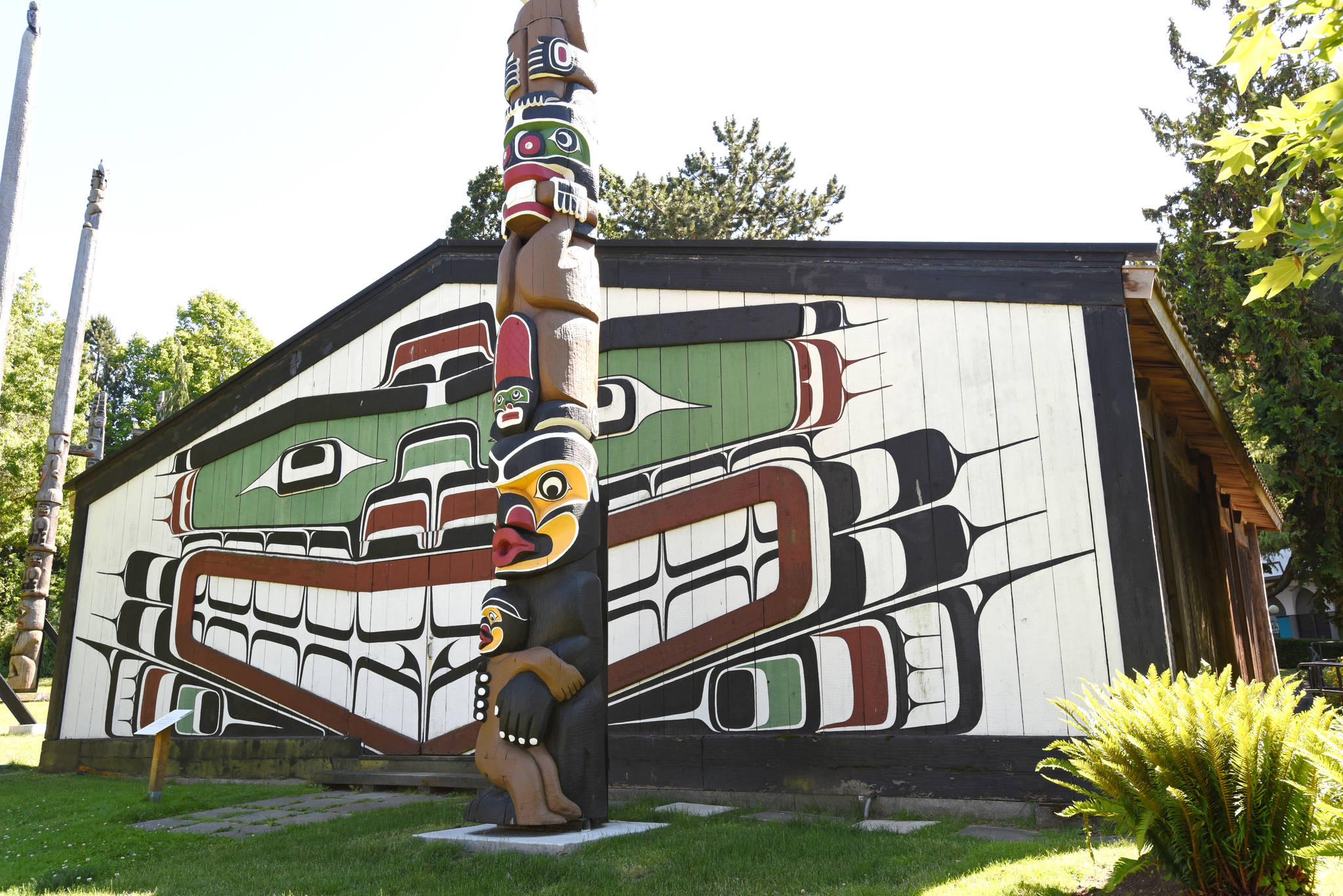
There are a variety of books from authors who have written about or produced guidebooks to local architecture and architects from local experts such as Martin Segger, Nick Russell or the Victoria Heritage Foundation.
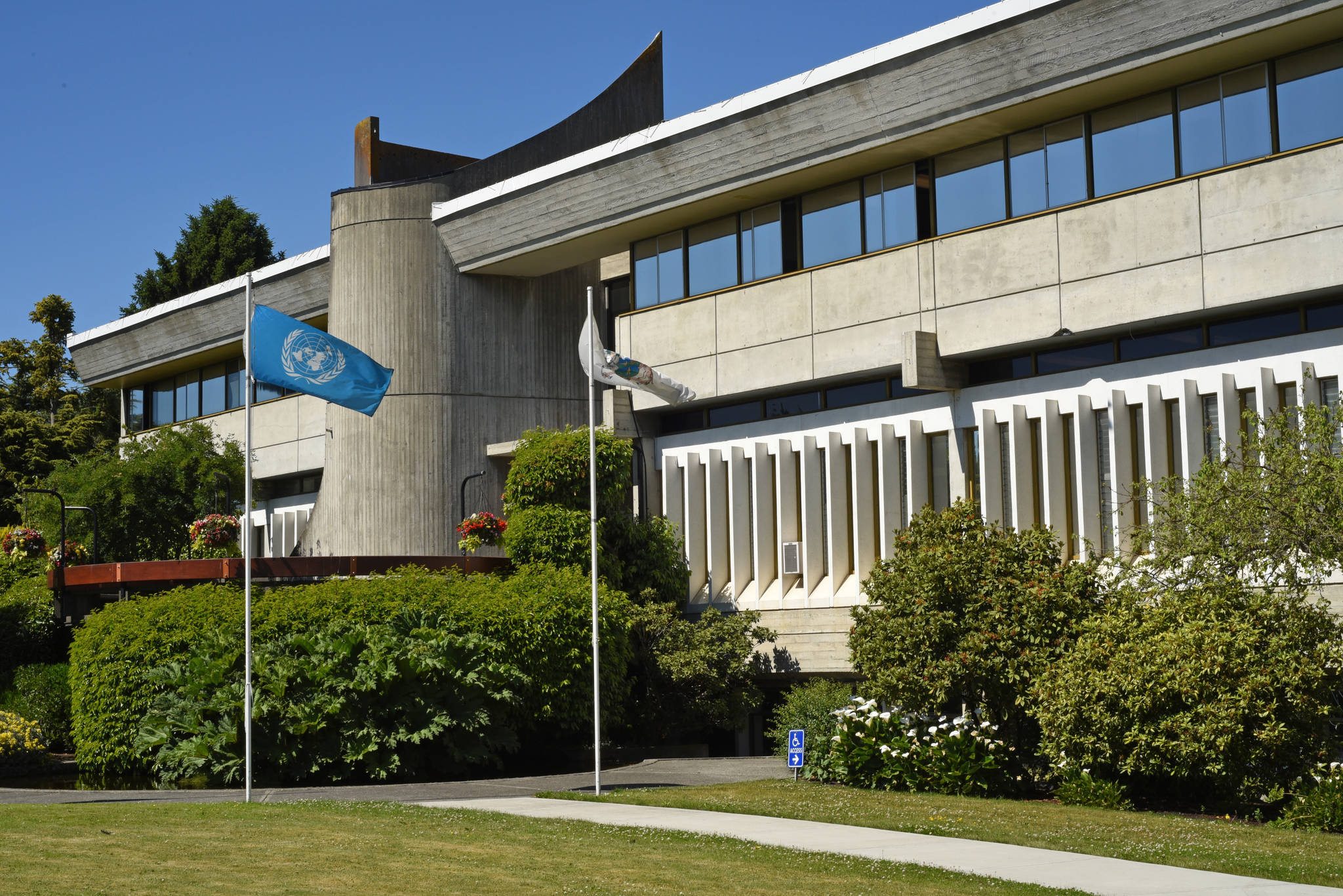
Plan your adventures throughout the West Coast at westcoasttraveller.com and follow us on Facebook and Instagram @thewestcoasttraveller. And for the top West Coast Travel stories of the week delivered right to your inbox, sign up for our weekly Armchair Traveller newsletter!
